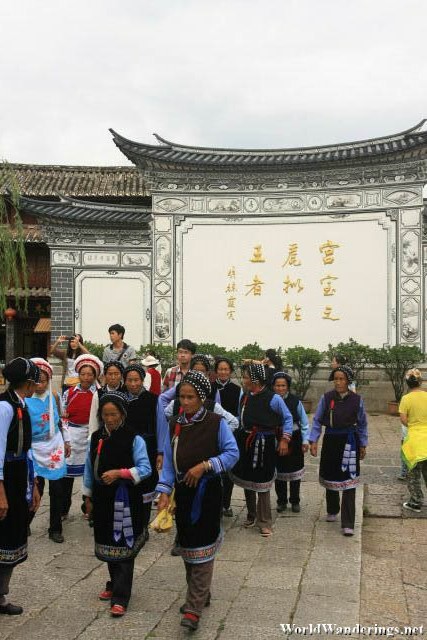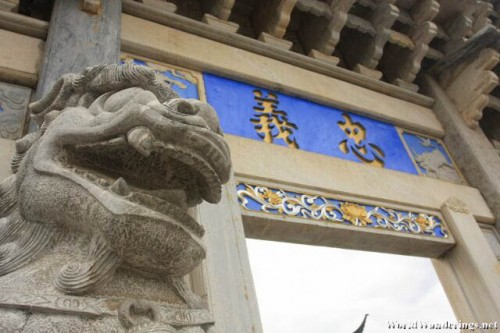With China as large as it is, it not really surprising to know that before it became the behemoth the it is today. The area which eventually became China was made up of different kingdoms. A student of China history will be able to tell you how many kingdoms and dynasties have passed before it became what it is now. The southwest was traditionally been more of an odd ball compared to the more similar north. This has probably much to do with the difficult terrain which separates the southwest from the rest of the country. As it turns out, the southwest has more affinity with Southeast Asia than to the rest of the country.
This a true until the rule Mu clan of Lijiang yielded sovereignty to the Qing dynasty. This was no doubt a product of coercion and intimidation but for the “cooperation” of the Mu clan, they were retained as the rulers of the area, which is now under the jurisdiction of the Qing dynasty. The Mu clan was rewarded with their own palace in Lijiang Ancient Town which is the largest complex within the ancient town. You can easily see the Mu Palace from above by it distinctively different use of color for their roof. I don’t think there was a need to do that since you can easily tell which one is the Mu Palace due to its size. The Mu Palace was also nicknamed the Imperial Palace of the south.
[xmlgm {http://www.worldwanderings.net/kml/LijiangAncientTown.kmz} zoom=19]

